 Aurora is one of the interesting astronomical phenomena that many people look forward to every year. In the photo: Aurora in the sky over Brant, Alberta, Canada. (Source: Reuters)
Aurora is one of the interesting astronomical phenomena that many people look forward to every year. In the photo: Aurora in the sky over Brant, Alberta, Canada. (Source: Reuters)
 Auroras are formed by magnetic radiation, which creates colorful streaks of light in the sky. Pictured: Aurora scene in the sky over Sodankyla, Lapland, Finland, October 7. (Source: All About Lapland)
Auroras are formed by magnetic radiation, which creates colorful streaks of light in the sky. Pictured: Aurora scene in the sky over Sodankyla, Lapland, Finland, October 7. (Source: All About Lapland)
 From the ground, viewers can see many bands of color and many types of magical lights in the night sky. In the photo: Aurora Borealis in Rovaniemi, Finland. (Source: Reuters)
From the ground, viewers can see many bands of color and many types of magical lights in the night sky. In the photo: Aurora Borealis in Rovaniemi, Finland. (Source: Reuters)
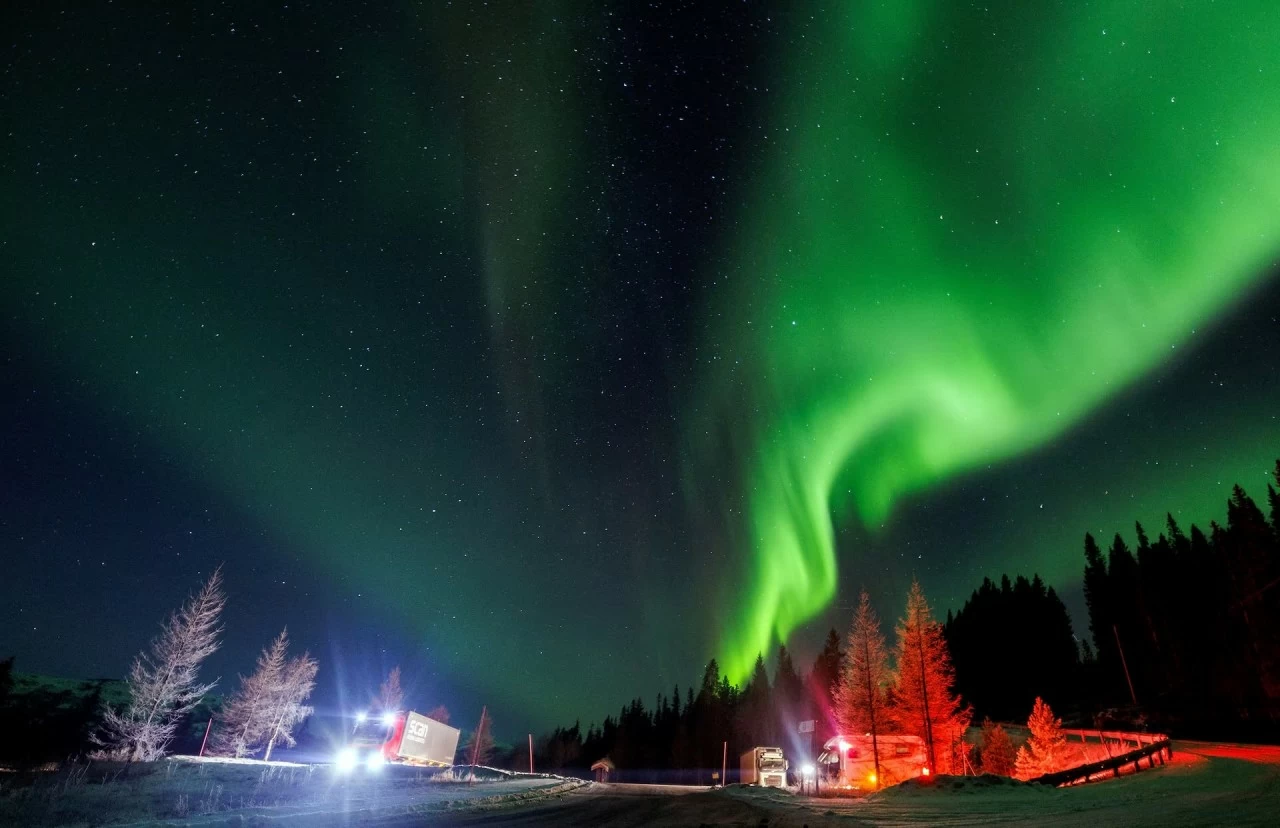 Scientifically , the light bands are created by the interaction between charged particles from the solar wind and the Earth's upper atmosphere. In the photo: Aurora appears in the sky near Mo i Rana (or Måefie), Norway. (Source: Reuters)
Scientifically , the light bands are created by the interaction between charged particles from the solar wind and the Earth's upper atmosphere. In the photo: Aurora appears in the sky near Mo i Rana (or Måefie), Norway. (Source: Reuters)
 Auroras that occur in the Northern Hemisphere are called the Aurora Borealis, while in the Southern Hemisphere, the phenomenon is called the Aurora Australis. Pictured: The Northern Lights are seen through the window of a Norwegian Boeing 737-800 aircraft flying between Svalbard and Tromso, Norway, on January 5. (Source: Reuters)
Auroras that occur in the Northern Hemisphere are called the Aurora Borealis, while in the Southern Hemisphere, the phenomenon is called the Aurora Australis. Pictured: The Northern Lights are seen through the window of a Norwegian Boeing 737-800 aircraft flying between Svalbard and Tromso, Norway, on January 5. (Source: Reuters)
 Countries in low latitudes such as Canada, Norway, Sweden, Iceland... will have an easier time seeing the aurora. In the photo: The aurora appears in the sky above the slopes of The Roaches near Leek, Staffordshire, England, on May 10. (Source: Reuters)
Countries in low latitudes such as Canada, Norway, Sweden, Iceland... will have an easier time seeing the aurora. In the photo: The aurora appears in the sky above the slopes of The Roaches near Leek, Staffordshire, England, on May 10. (Source: Reuters)
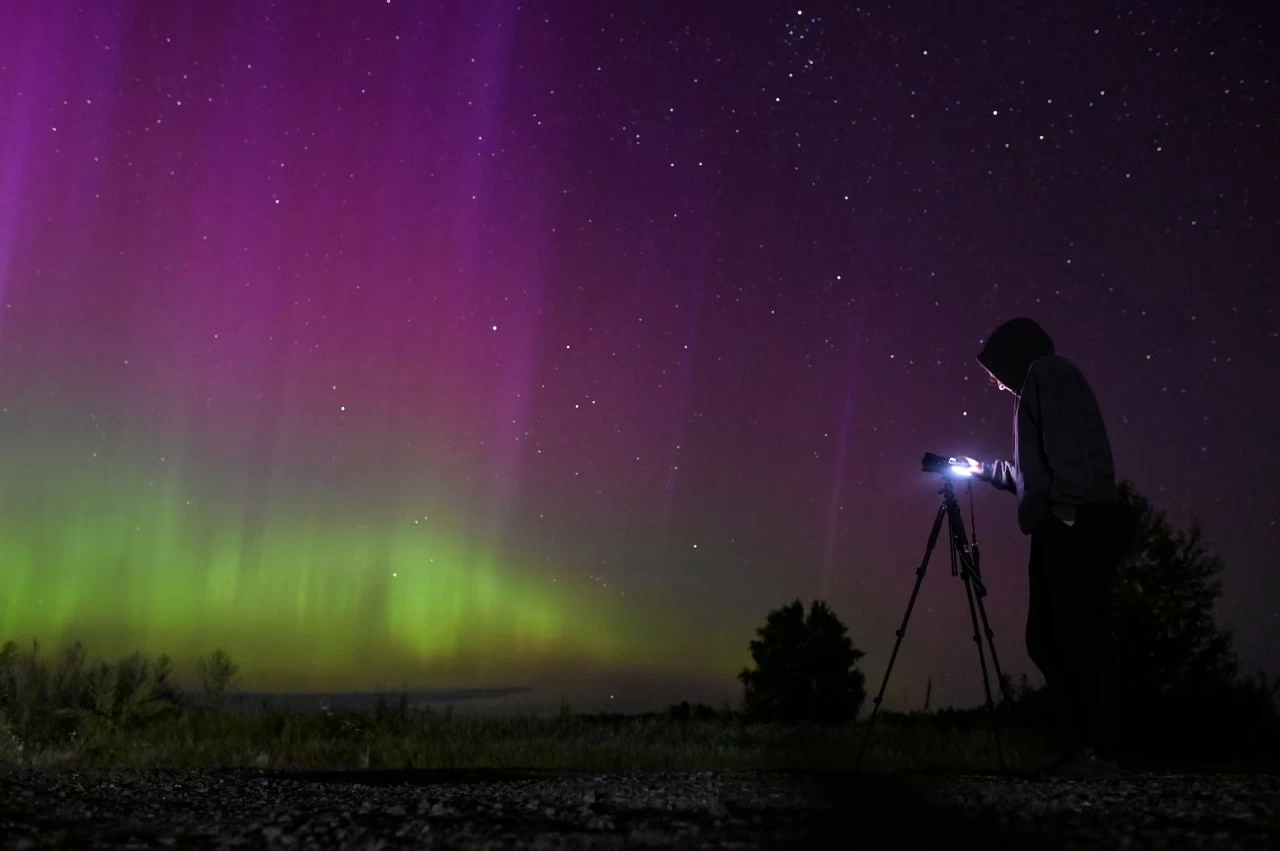 Auroras are usually seen on clear, cold nights. To capture these sparkling photos, many photographers have to travel to remote places with little light pollution. In the photo: While gathering to watch the Perseid meteor shower, many people captured the moment the Northern Lights lit up the night sky in the village of Borodinka in the Omsk region, Russia on August 13. (Source: Reuters)
Auroras are usually seen on clear, cold nights. To capture these sparkling photos, many photographers have to travel to remote places with little light pollution. In the photo: While gathering to watch the Perseid meteor shower, many people captured the moment the Northern Lights lit up the night sky in the village of Borodinka in the Omsk region, Russia on August 13. (Source: Reuters)
 The aurora borealis usually “performs” for a few hours before disappearing. Each time the aurora borealis takes place, it is an art show because the color, brightness, and shape of the light bands change continuously, sometimes gently, sometimes reaching a climax. In a photo: Aurora lights up the Lapland sky in Rovaniemi, Finland.
The aurora borealis usually “performs” for a few hours before disappearing. Each time the aurora borealis takes place, it is an art show because the color, brightness, and shape of the light bands change continuously, sometimes gently, sometimes reaching a climax. In a photo: Aurora lights up the Lapland sky in Rovaniemi, Finland.
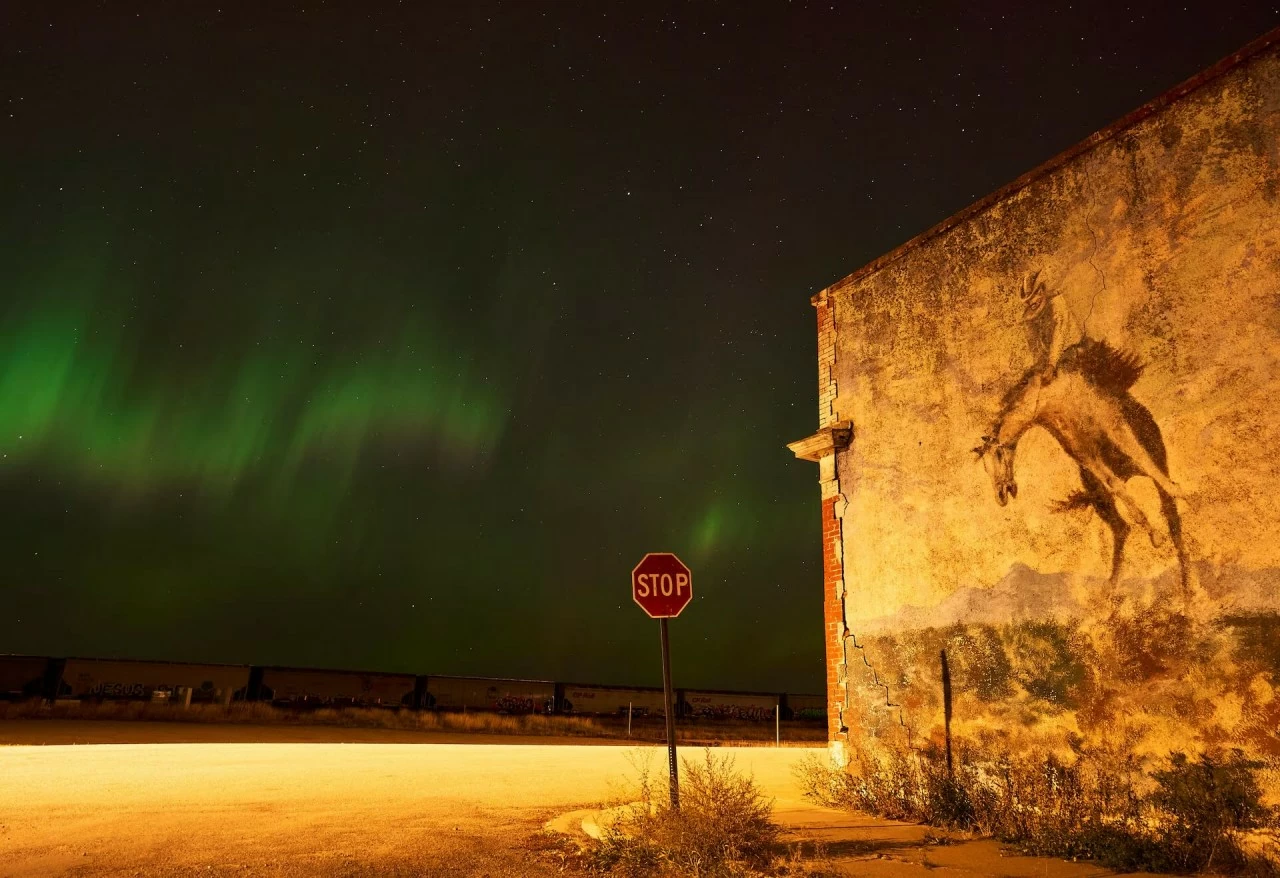 During the annual aurora viewing season, many artistic photo collections have been recorded and shared on many social networking sites. In the photo: The Northern Lights light up the sky over Blackie, Alberta, Canada, on October 7. (Source: Reuters)
During the annual aurora viewing season, many artistic photo collections have been recorded and shared on many social networking sites. In the photo: The Northern Lights light up the sky over Blackie, Alberta, Canada, on October 7. (Source: Reuters)
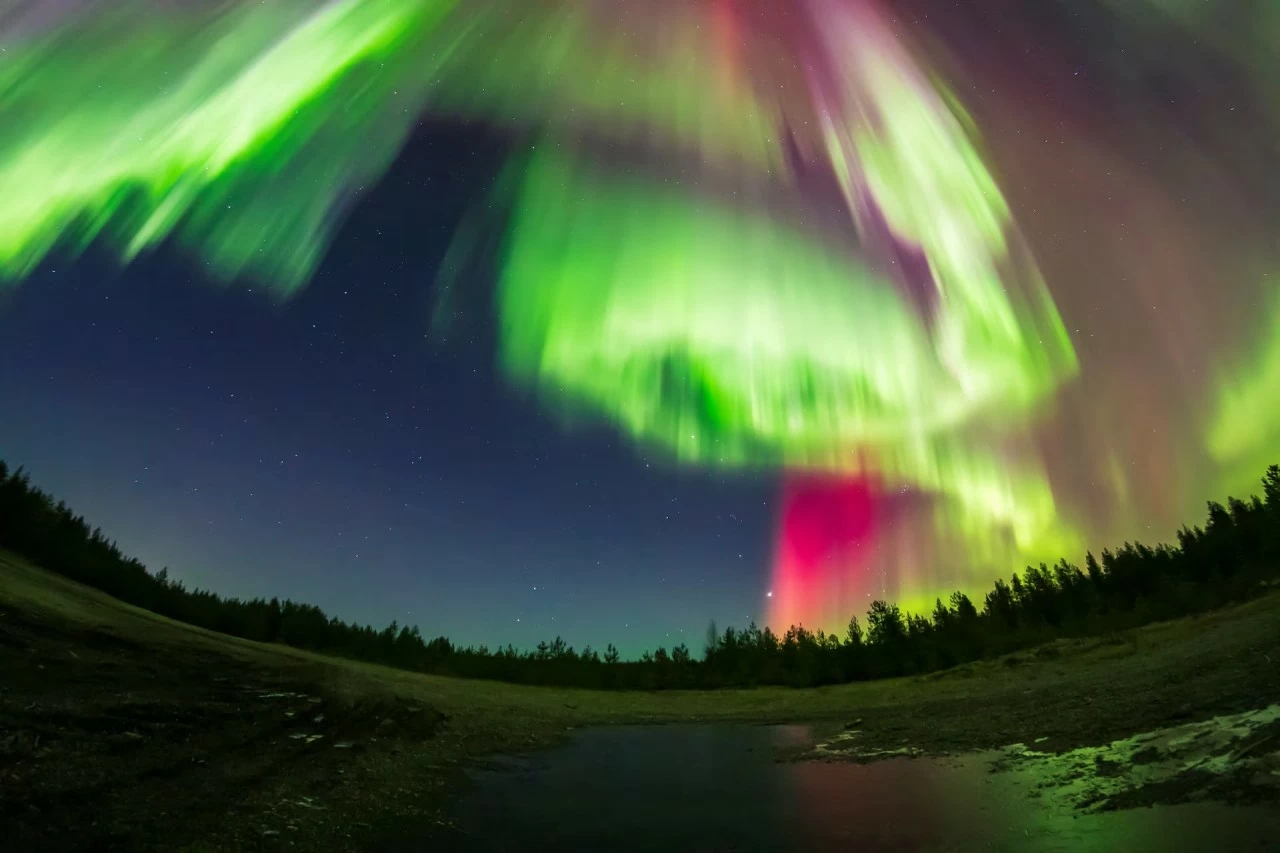 Complementing the colors of the sky are the captivating landscapes of the Arctic wilderness. Volcanoes, glaciers, coniferous forests… add to the spectacular scenery. Pictured: The sky over Sodankyla, Lapland, Finland, October 7. (Source: All About Lapland)
Complementing the colors of the sky are the captivating landscapes of the Arctic wilderness. Volcanoes, glaciers, coniferous forests… add to the spectacular scenery. Pictured: The sky over Sodankyla, Lapland, Finland, October 7. (Source: All About Lapland)
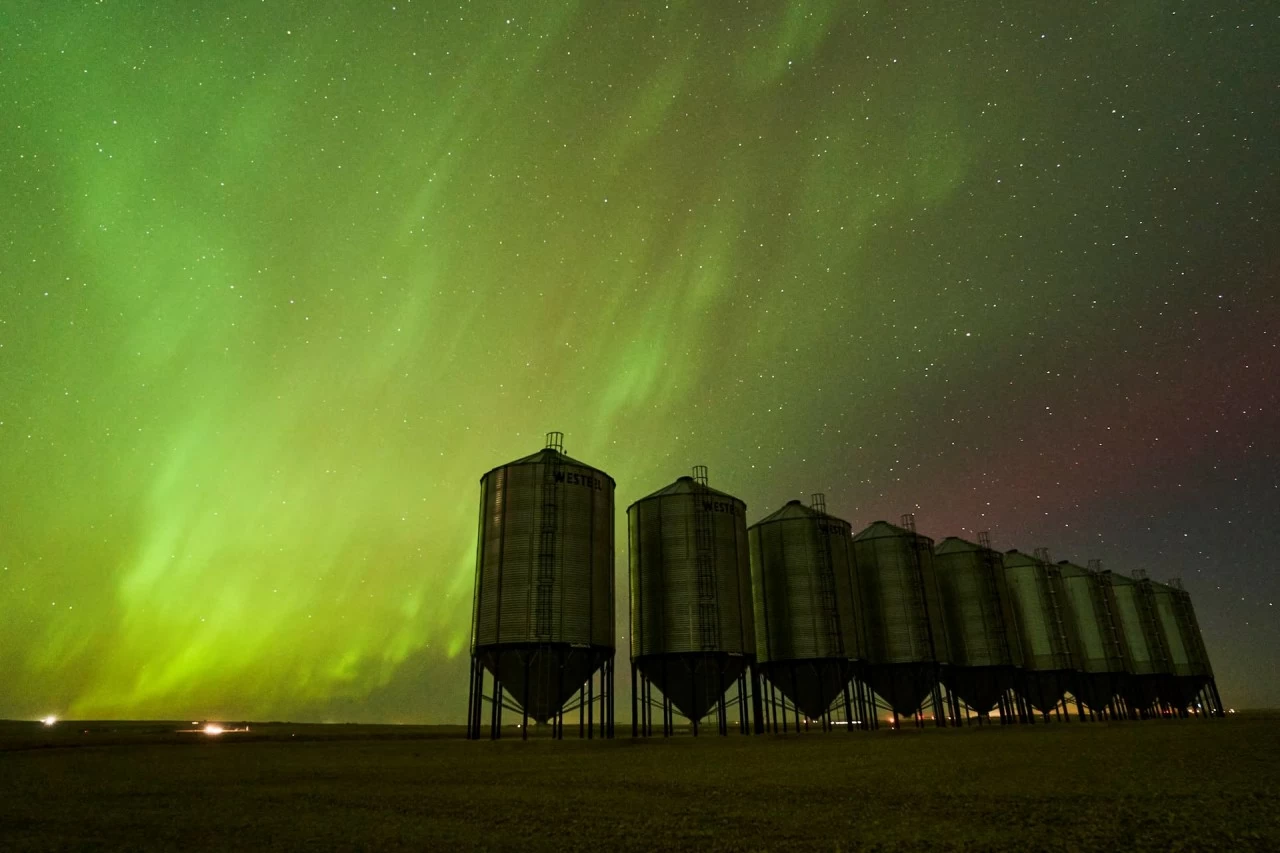 Photographers often choose angles facing the lake to capture more of the aurora reflected on the lake's surface. In the photo: Aurora lights up the sky over Herronton, Alberta, Canada. (Source: Reuters)
Photographers often choose angles facing the lake to capture more of the aurora reflected on the lake's surface. In the photo: Aurora lights up the sky over Herronton, Alberta, Canada. (Source: Reuters)
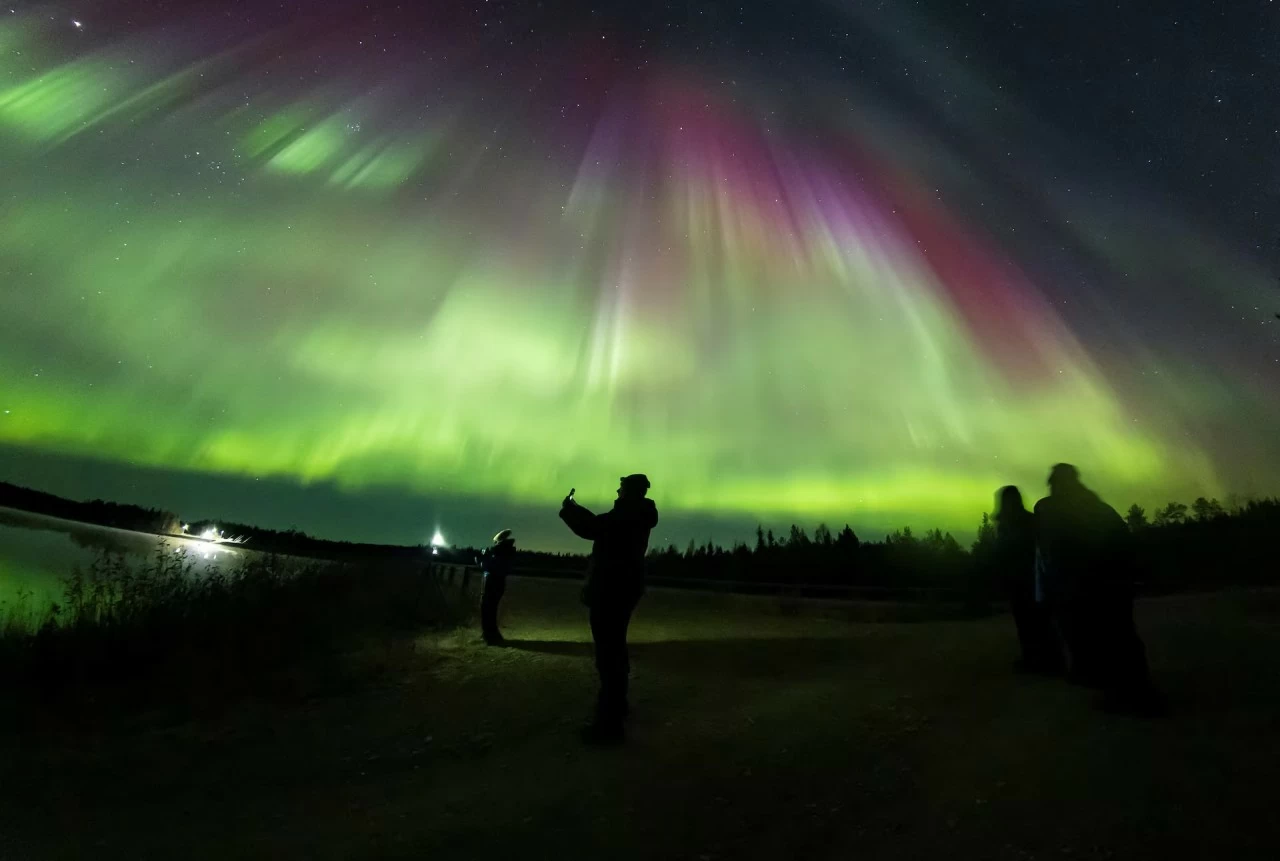 From mid-September to the end of March, visitors can see the aurora borealis across the sky over Sodankyla, Lapland, Finland. (Source: All About Lapland)
From mid-September to the end of March, visitors can see the aurora borealis across the sky over Sodankyla, Lapland, Finland. (Source: All About Lapland)
 Auroras are arc-shaped beams of light that move in many colors across the night sky. In the photo: Auroras were recorded in the Omsk region, Southwest Siberia, Russia. (Source: Reuters)
Auroras are arc-shaped beams of light that move in many colors across the night sky. In the photo: Auroras were recorded in the Omsk region, Southwest Siberia, Russia. (Source: Reuters)  Norway is one of the best places to see the Northern Lights from mid-September to late March, with ribbons of blue or red-purple light. Pictured: The Northern Lights light up the night sky above a boat on the shore in Sommaroy, Norway. (Source: Reuters)
Norway is one of the best places to see the Northern Lights from mid-September to late March, with ribbons of blue or red-purple light. Pictured: The Northern Lights light up the night sky above a boat on the shore in Sommaroy, Norway. (Source: Reuters)
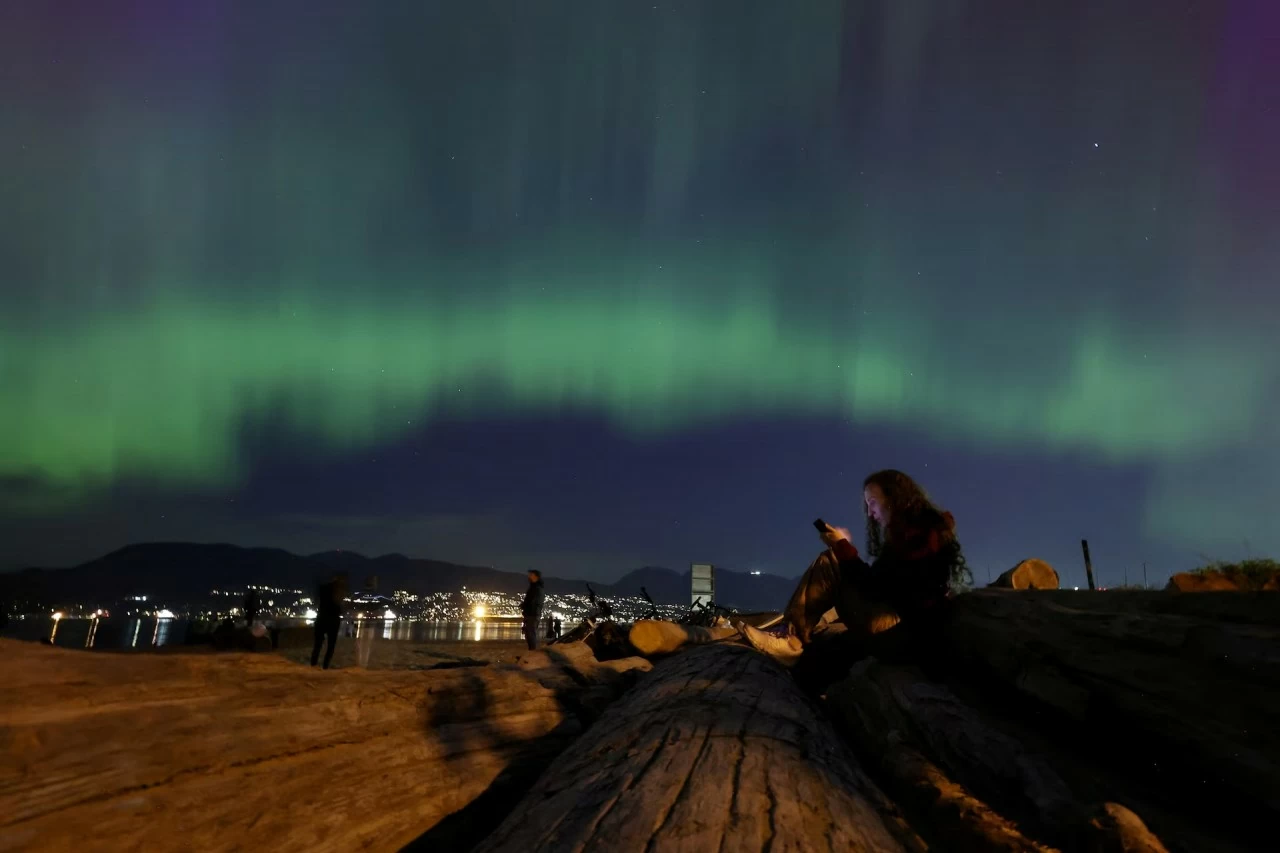 Canada is considered a paradise for viewing the aurora thanks to its low latitude and low light pollution. In the photo: The aurora appears in the sky over Jericho Beach in Vancouver, British Columbia, Canada. (Source: Reuters)
Canada is considered a paradise for viewing the aurora thanks to its low latitude and low light pollution. In the photo: The aurora appears in the sky over Jericho Beach in Vancouver, British Columbia, Canada. (Source: Reuters)
Source: https://baoquocte.vn/ve-dep-ma-mi-tren-bau-troi-dem-cua-bac-cuc-quang-289553.html















 Báo Quốc Tế•10/10/2024
Báo Quốc Tế•10/10/2024















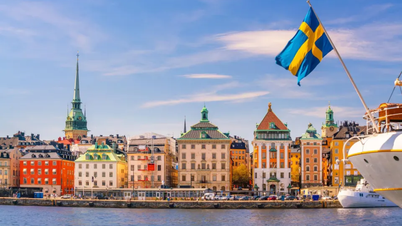

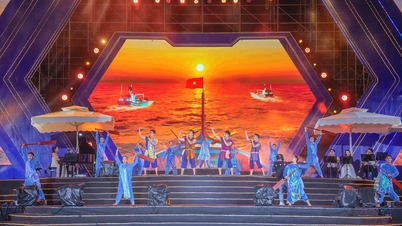







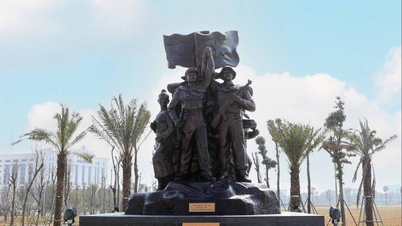

Comment (0)